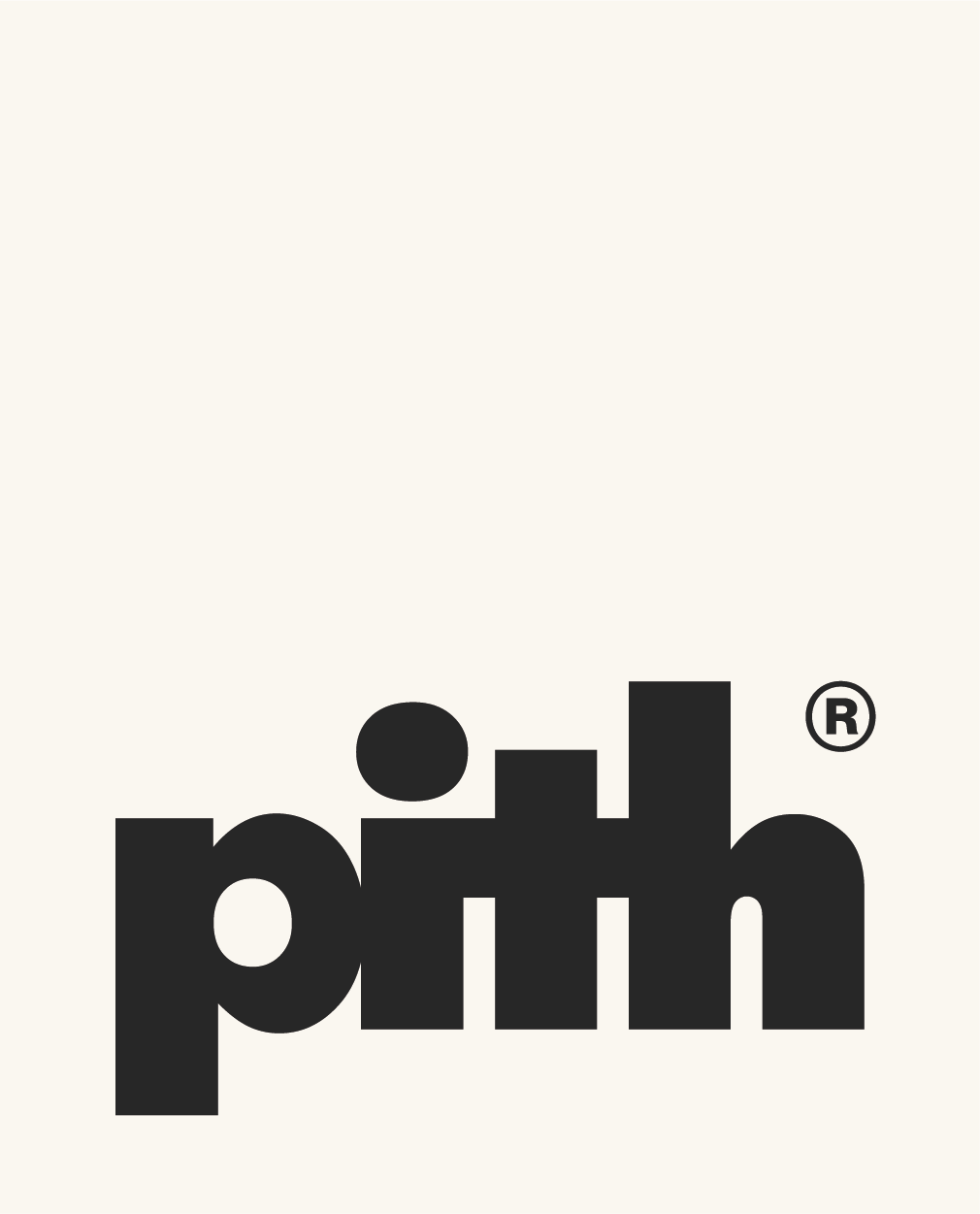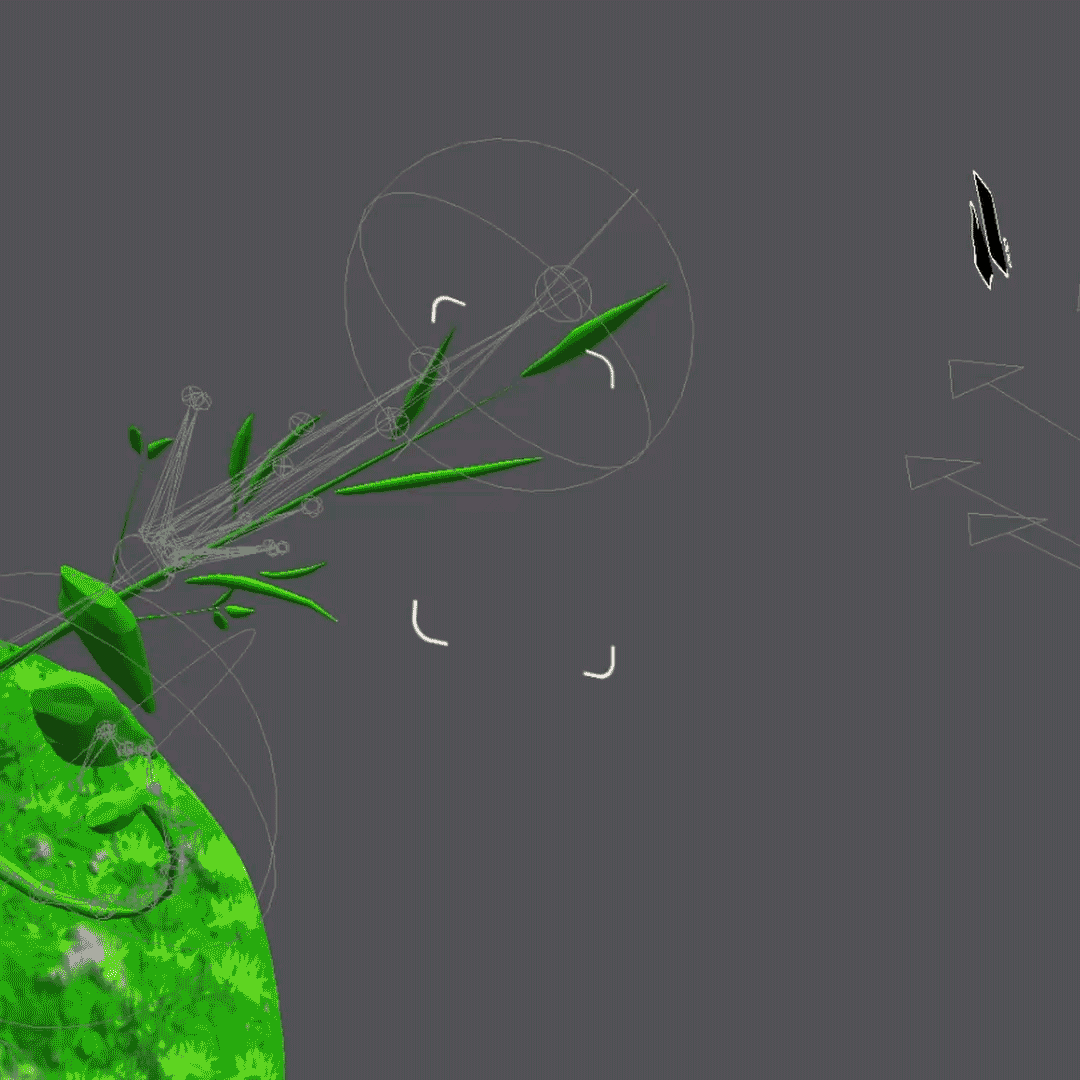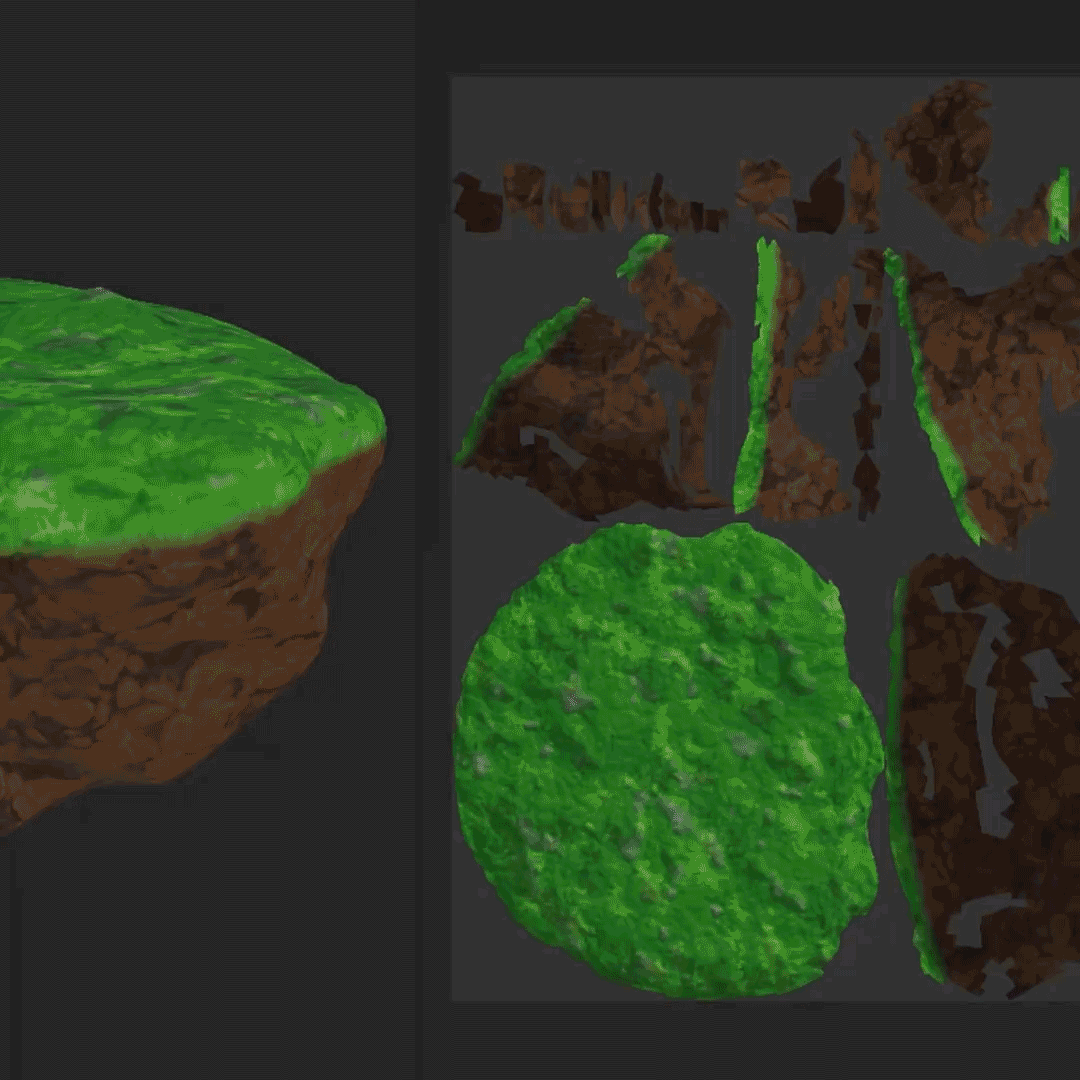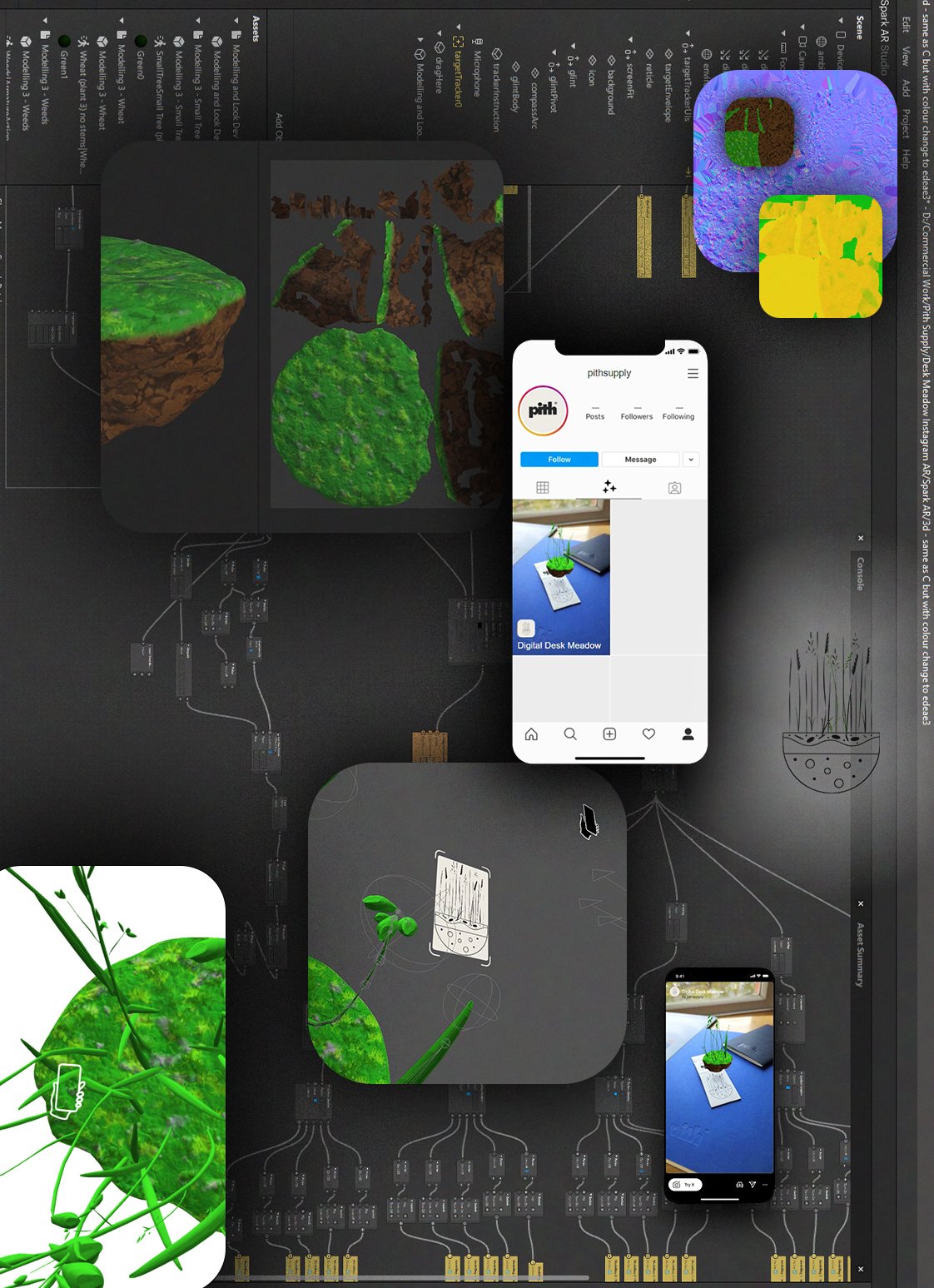Creative Commission with Sebastian Petrovski
For our fourth instalment of ‘Creative Commission,’ we engaged with the uncategorised digital creative Sebastian Petrovski. Sebastian is a multi-talented creator with experience across many image-making techniques and processes. Originally graduating from RMIT University Melbourne (Australia) after studying a Bachelor of Arts (commercial photography) Sebastian has gone on to work with a variety of clients on photography, animation and film projects.
With no limits to what we could create together, our initial conversations were broad, to say the least. This resulted in an augmented reality digital desk meadow to enhance the Pith unboxing experience and draw attention to our ‘We plant you plant’ initiative.
We caught up with Sebastian to talk about his practice, our collaboration and what he’s working on next.
CONVERSATION WITH
Liam Goward (Pith Co-founder)
IMAGERY BY
Sebastian Petrovski
READ
7 Minutes
“I’m interested in ideas and there are so many ways to communicate them; it’s almost difficult to confine myself to one method. Sure, frustrating moments are learning new tools or techniques. However, the reward for pushing through is special.”
Liam Goward: How did you first become interested in art, design, and creativity?
Sebastian Petrovski: It’s hard to pin down a first. As cheesy as it sounds, I think I’ve always been driven to make and explore in one way or another. I remember writing and reading fantasy from a very young age. In grade 3 my parents encouraged violin lessons and I didn’t stop for 6 years. After that it was drums; I sold the drums because practising frequently became difficult for obvious reasons and I bought a Native Instruments Maschine. I played different team sports; also dirt jumping and downhill mountain biking stuck for a while. My dad did some programming when spaghetti code was still a thing and introduced me to the home computer early on. I think the operating system was Windows 95 and he presented it as something to be comfortable with; Dad explained that it’s virtual; you can’t really “break it” and anything you do can be undone. Later, I played with Photoshop and coded Myspace pages - I remember the holy grail was auto-playing music on your profile. There were some home movies too. Photography was one of the last things I tried, in year 10, and eventually began to consider a career.
LG: Is that when you decided to study Photography?
SP: By the end of high school, I had basically settled on photography for various reasons. In my gap year, maybe 4 months after graduating high school in my hometown (Adelaide, Australia), I began studio assisting at a portrait studio. I met some kind mentors at the studio. One of the photographers gave me an education on off-camera flash and I also learnt about their business model - I stayed for about 6 months until the owner sadly passed away. In that same year, I took a full-time job in the print/despatch room of a sports photography company; took on a small number of photography assisting and second shooting jobs (mostly weddings) and freelanced as a photographer shooting many live music shows and club/pub nights. The following year I began studying a Bachelor of Visual Art with a specialisation in photography and new media; I found it was not the experience I wanted and quit after completing the first semester.
After quitting a Bachelor of Visual Art I started my first long term project called “Perception is Reality” (search: Sebastian Petrovski Perception is Reality) and a daily self-portrait project to keep myself busy. I learnt a lot making one self-portrait a day for 91 days; trying to make each image interesting was a real mission. I travelled to different locations and bought a second lens; a 35mm prime lens - until then I had just a nifty fifty (50mm).
The same year I quit studying for a Bachelor of Visual Art, a friend encouraged me to apply for a Bachelor of Arts (commercial photography) at RMIT University in Melbourne, Australia. I got in. I had just turned 20 when I moved to Melbourne and it was like a whole new world. I was away from home, I made new friends and I began shooting editorially and more significant commercial work while still at uni. After three years of studying I graduated in 2015. The RMIT program was rich with practical information about a photographer’s toolset and the craft of image design. Looking back, I am thankful to have been taught lighting by an award-winning scientific photographer, post-production by an Adobe Ambassador and image design by other highly experienced and critical individuals.
LG: Your skillset and interests span a wide variety of disciplines, from photography and video to 3D and AR. What inspires you to learn new techniques and not stick to what you know?
SP: I’m interested in ideas and there are so many ways to communicate them; it’s almost difficult to confine myself to one method. Sure, frustrating moments are learning new tools or techniques. However, the reward for pushing through is special. The satisfaction of getting a project to where I want it to be or finding something new in the process makes any hurdles seem unimportant and may be warranted.
LG: Our brief started very open by exploring what interested you about Pith, what was it that sparked your imagination?
SP: To me the journals are particularly special; it’s as if they have been stripped down to their essentials in a beautiful and robust way. I use my blue Oroblanco for colourful mark-making; the lay-flat binding makes it easy to use the full page and I’m super into the exposed edges. If I remember correctly when I met yourself and Andrew during Design Week 2021 in London I enthusiastically described it as: “a paper sandwich for your ideas”. Most of all I like that you are transparent about where their materials come from and are realistic about your sustainability goals. The We Plant, You Plant initiative is simply brilliant.
LG: The output uses a technique that is relatively new to both of us, so it was very much experimentation from the beginning, can you recall how we ended up delving into augmented reality and Instagram filters?
SP: I originally sent my portfolio of mostly lifestyle and documentary photography. To my surprise, you seemed most interested in a series of 3D renders I had done during the first lockdown, called: “Blowing in the Wind”. I proposed that if we were going to spend time creating 3D assets we may as well fully leverage them and create a game-like experience for Pith’s customers.
We threw around many ideas, including a multiplayer digital desk meadow game or creating a 3D experience in the web browser with WebAR capabilities. Each of these options, and more, were exciting, however would increase the time and complexity of development. We calmed down a bit and agreed that for Pith’s first digital interactive experience “simple, done well” was key. We wanted to create a moment that emphasised Pith’s existing customer experience journey. Due to Pith’s We Plant, You Plant initiative the unboxing already had a meaningful touchpoint to expand on.
We wanted anything we made to be easily and broadly accessible. Augmented Reality was a natural fit because, in general, it does not require users to have any specialised hardware. Deploying on Instagram was an easy choice for two main reasons: one, Pith have already established an audience with strong engagement; two, Instagram's development software, Spark AR, handles a lot of development technicalities that may otherwise be very time consuming to account for. Once I had sent over video recordings and the first prototype to be reviewed it was clear we were on a good path. It took a few iterations until we were all happy with the aesthetic of the Digital Desk Meadow. I especially got hung up on the thickness of the plants, animation style and distribution of plants.You guys were more concerned about the mound of earth; we made some subtle, but important, changes to its shape and how to present the transition between dirt and green meadow. It’s interesting how when you create something with a minimal aesthetic how prominent apparently small details can become. I’m glad we spent the time to get it right and you and Andrew have been great collaborators.
LG: We had no idea what we were looking for when we first started talking, how does that compare with how you usually approach creative briefs? Is the output usually predetermined, for example, a client contacts you looking for a film or 3D assets?
SP: Meeting other people that are passionate about their work and letting me in to be a part of their world is such a privilege. Sometimes there’s a general idea of the output, other times I will present my idea of what output is required for a desirable outcome. Right now I’m working on a client’s branding update and it’s taking the shape of an experience design that includes video, web design and an embedded interactive 3D element. It’s been an engrossing project so far because each component is fun to work on and designing a seamless experience between them all requires a great deal of care.
LG: I know you have something new in the pipeline, can you tell us a little about that and what’s next for you?
SP: I have developed a new identity called BeautifulBeautiful.XYZ (🦋🦋🤝✌️⚡) it is an experience design studio. It is currently a studio of one and I’m looking to grow when the time is right. Visit the website and fly around on the landing page. Experience a jungle of sound and colour; then switch the lights on to visit BeautifulBeautiful.XYZ heaven. Maybe you’re curious about the name or want to know about the emojis; chat with Rainbow HAL on the site.
If you are a creative or a technically minded digital native I may need your help in the future. Maybe you are a 3D generalist or a specialist in particular software, programming language or technology stack; if you are looking to expand your freelance client list I would like to hear from you.
LG: I can’t wait to see what you create next, Thank you for your time Sebastian it’s been a pleasure creating together.
SP: Thank you. This collaboration has been a pleasure from start to finish.
Check out more of Sebastian’s work here > https://sebastianpetrovski.com
And here > https://beautifulbeautiful.xyz and y.at/🦋🦋🤝✌⚡
And here > https://www.instagram.com/sebastianpetrovski/
If you have a Desk Meadow seed packet floating around your desk, give the Digital Desk Meadow a try, following the video tutorial below:






